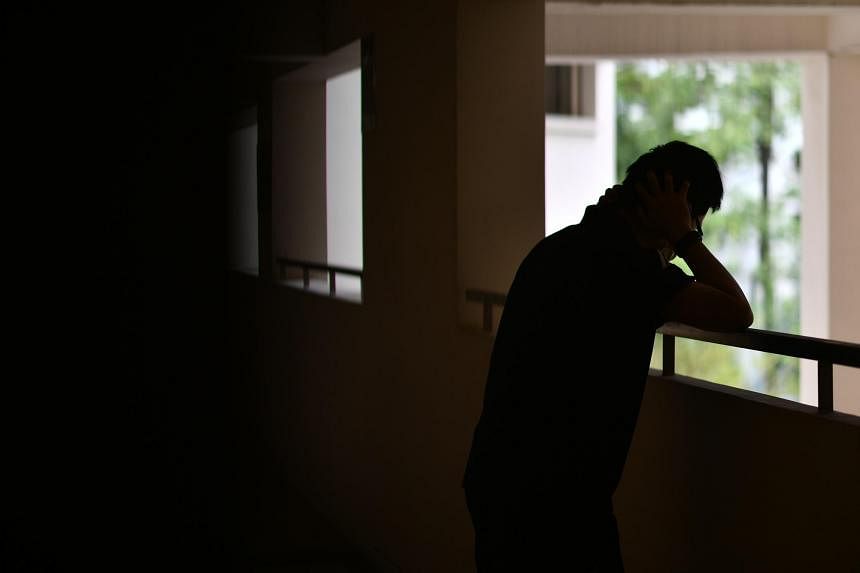Schizophrenia - that most severe of mental disorders - exists in every race, every culture and every level of society, and is probably as old as humankind, though known perhaps under different names depending on the culture. The term "schizophrenia" only came into existence in the early 20th century when it was coined by Eugen Bleuler, a Swiss-German psychiatrist. A contemporary of Sigmund Freud, Bleuler took charge of a mental asylum near Zurich and spent his years there observing and talking to his patients, and kept copious records of them.
Many of his patients, who he found - in his own words - to be "stranger than the birds in my garden", had some sort of malady where their thoughts were fragmented and the "connections between associations are lost", he wrote in his classic psychiatric text that was published in 1911. "Thus, the result of the thought process is rendered unusual, and often logically incorrect."
Already a subscriber? Log in
Read the full story and more at $9.90/month
Get exclusive reports and insights with more than 500 subscriber-only articles every month
ST One Digital
$9.90/month
No contract
ST app access on 1 mobile device
Unlock these benefits
All subscriber-only content on ST app and straitstimes.com
Easy access any time via ST app on 1 mobile device
E-paper with 2-week archive so you won't miss out on content that matters to you


